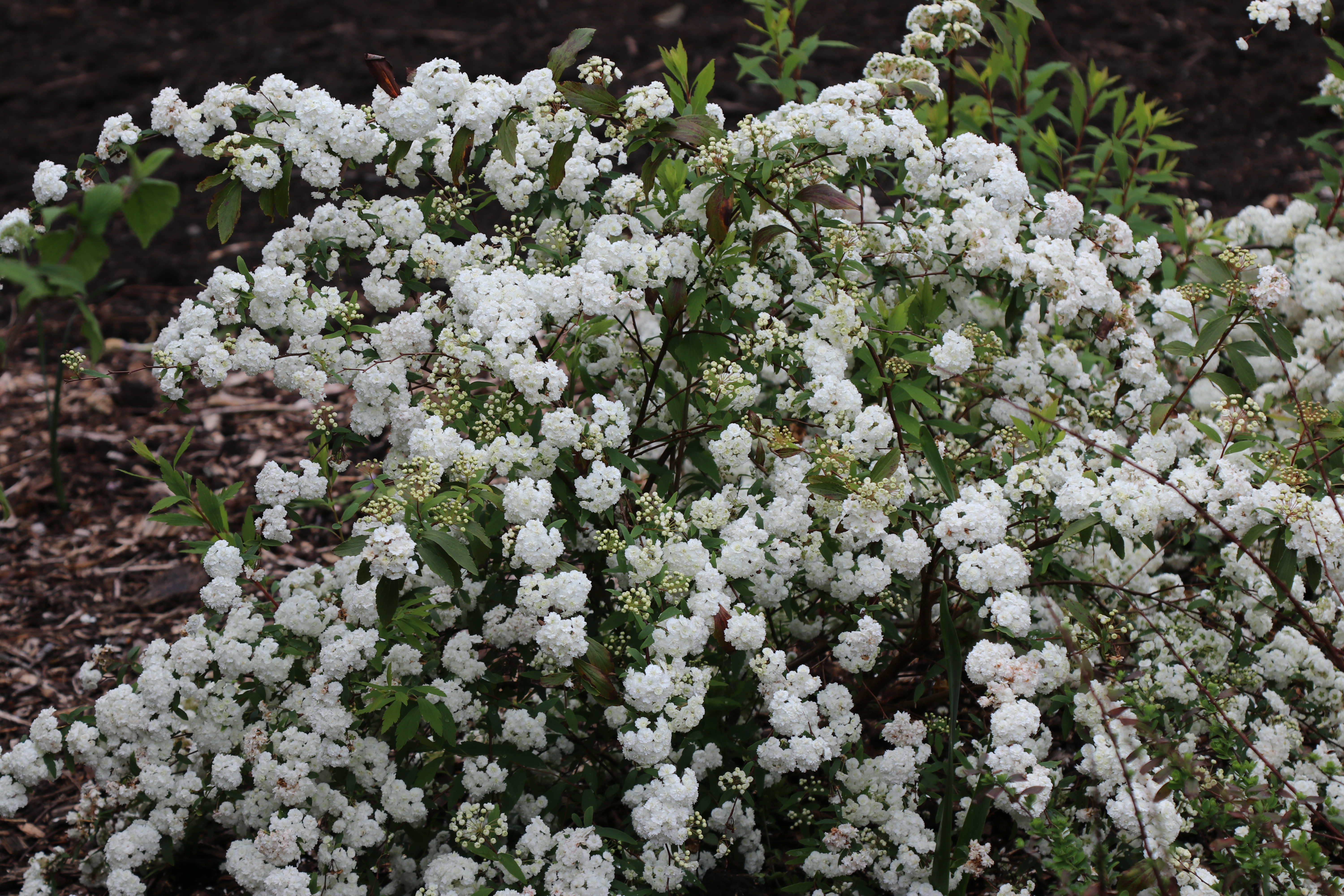Apply an organic mulch annually to help suppress weeds and conserve moisture. Feed annually in spring with a balanced fertiliser such as blood and bone at a handful per square metre in spring as new growth begins. Pruning can be done after flowering in autumn, this is normally done just to keep growth in check and keep the plant tidy. Old, woody plants can be rejuvenated by pruning out any large, thick stems out to the base of the plant and a balanced feed applied at the same time to encourage new growth. If plants are still young then some people just give them a light trim with shears to remove old flower heads. To propagate, even though this plant is a shrub it can actually be divided, this can be done in autumn to early winter enables the new plants to establish while the soil remains relatively warm and the plants can then burst into life the following spring. Dividing can be achieved by lifting the whole clump and placing two garden forks back to back in the middle of the clump and then pushing in and forcing apart with the forks. The resulting clumps can then be divided further either with forks or by hand. The clumps should then be immediately re-planted in their new positions and watered in. Alternatively, semi-ripe cuttings can be taken in early summer.




.jpg?width=1200&height=1200&v=1d4024dceb89e50)

.jpg?width=1200&height=1200&v=1d5569224d63650)
 .jpg?width=1200&height=1200&v=1d4024df6ce2770)
.jpg?width=1200&height=1200&v=1d55676a892f2b0)
 .jpg?width=1200&height=1200&v=1d4024e3b65f7f0)